Whether you’re flying down the wing or packing into a scrum, your boots are the foundation of everything you do on the pitch. The right pair won’t just complement your game — they’ll transform it.
From explosive sprints to rock-solid scrummaging, every position has unique demands. And with so many options out there, finding the perfect pair can feel like a challenge. That’s where this guide comes in.
We’ll break down the key things to consider — from pitch types to fit, materials to positions — so you can confidently choose rugby boots that suit your style of play.
Contents:
#1. Rugby Boots or Football Boots?
#3. Know Your Playing Position
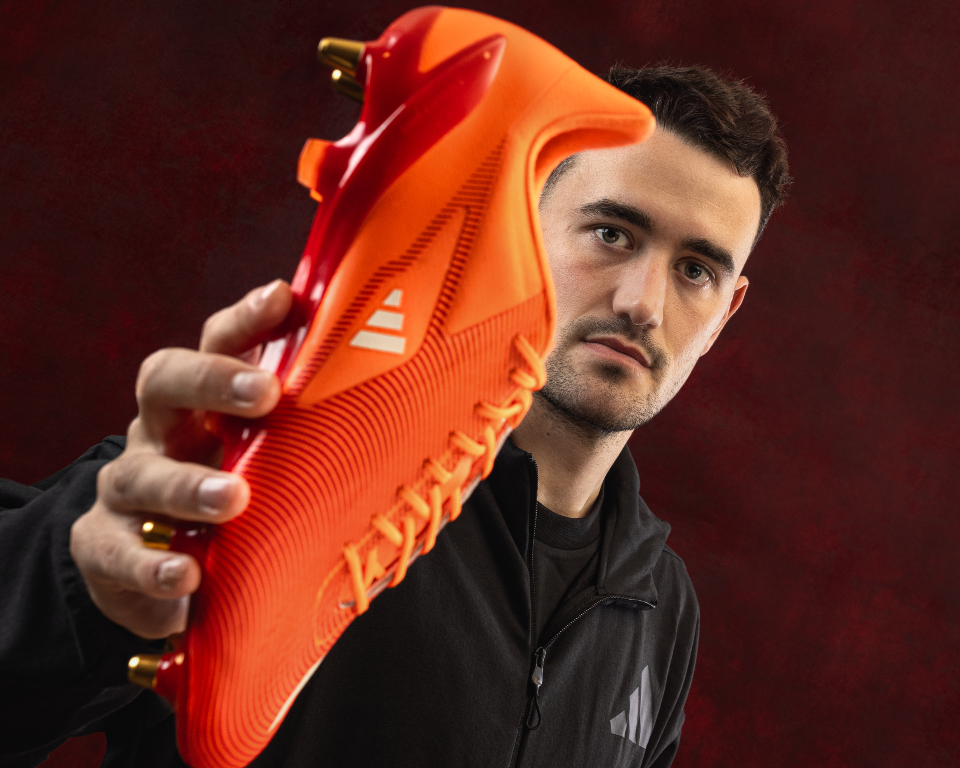
#1. What’s the difference between Rugby boots and Football boots?
A frequently asked question is, “What’s the difference between rugby boots and football boots?“
Traditionally, rugby boots were heavier, chunkier, and had a higher cut around the ankle for added protection, while football boots were lighter and designed for speed.
However, modern rugby boots have evolved. Today’s rugby boots are lighter, with lower cuts for increased mobility. adidas RS15 boots, for example, are designed for power and traction but with a more football-inspired design.

While backs often opt for lightweight boots, forwards typically choose more robust boots with enhanced stud setups. That said, many players in the pack are now choosing sleeker silhouettes that resemble backs’ boots for agility.
#2. Choose Boots Based on Your Playing Surface
Choosing the right boots depends heavily on the surface you play on. Wet and muddy conditions demand more traction, while firmer surfaces require more maneuverability.

Playing on Soft Natural Grass Surfaces
In regions like the UK, Ireland, and northern Europe, grass pitches tend to be soft throughout the season.

For these conditions, you’ll want soft ground (SG) boots with screw-in metal studs, such as the Mizuno Morelia IV Elite SI.
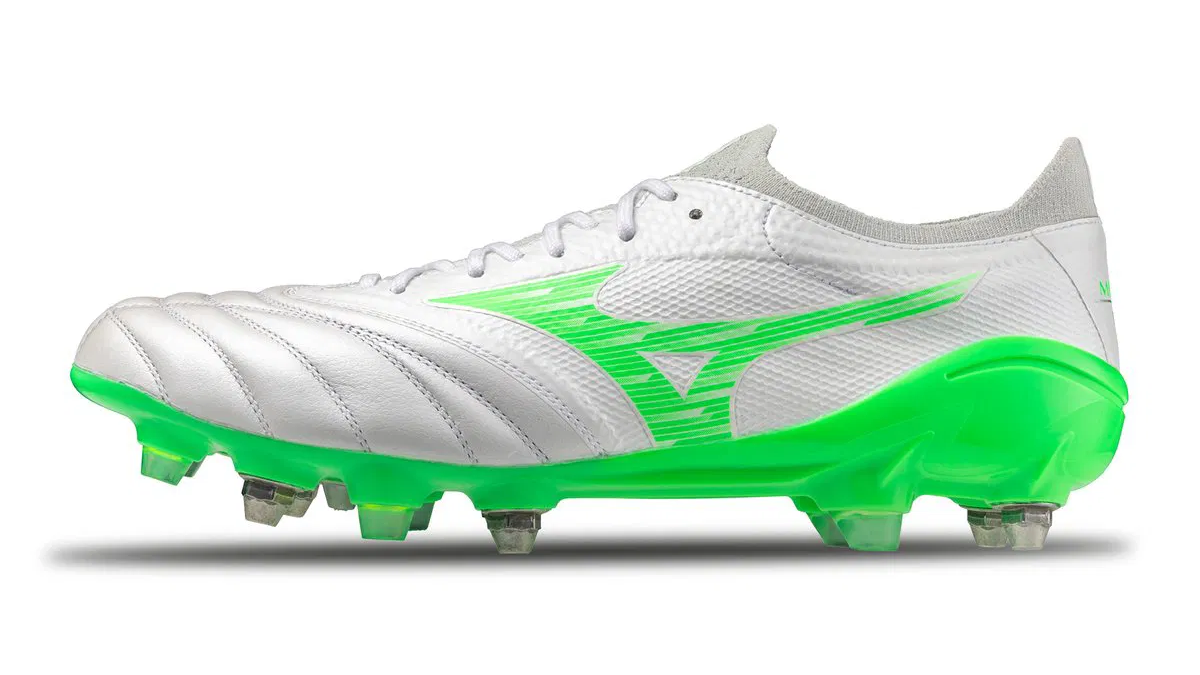
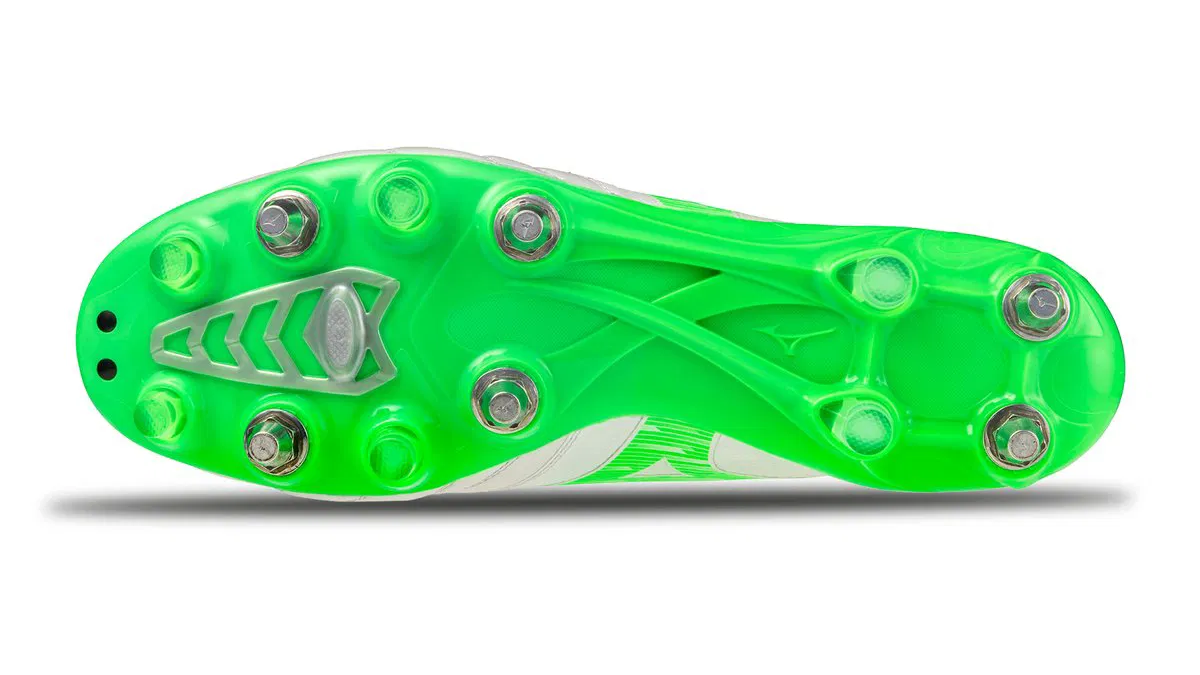
Playing on Firm-Ground Surfaces
On firmer surfaces, such as in the Southern Hemisphere or artificial pitches, firm ground (FG) boots are necessary.

FG boots, like the Mizuno Morelia IV Made In Japan, have molded studs for excellent traction.
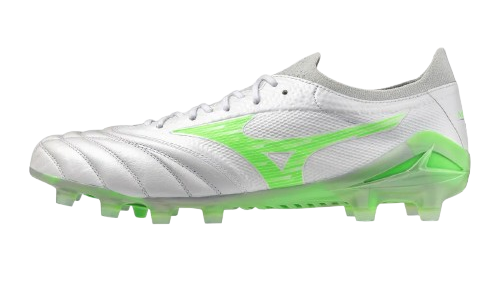
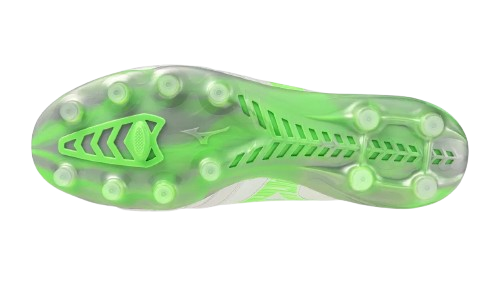
⚠️ A Quick Note on Stud Rules
Before you commit, check with your club or league about stud regulations — especially if you play on artificial or hybrid pitches.
Metal studs, like those on Soft Ground boots, are often not allowed on 3G or 4G surfaces due to safety concerns or damage risk. For those pitches, Firm Ground or dedicated Artificial Ground boots are your safest bet.
#3. Know your Playing Position
Your position on the pitch is critical in determining the right boots. Forwards require traction and power, while backs prioritise speed and precision.
If you’re taking your first steps into the game or simply need a quick recap, our Beginners Guide to Rugby is a must-read. It offers a comprehensive breakdown of the positions, helping you make an informed decision about your footwear!

Forwards (Nos 1-8): Built for the Grind
Forwards need boots with superior traction for scrummaging and mauling. An 8-stud configuration (6 at the front, 2 at the back) provides maximum grip. A great option is the Mizuno Morelia Neo IV Elite SI.
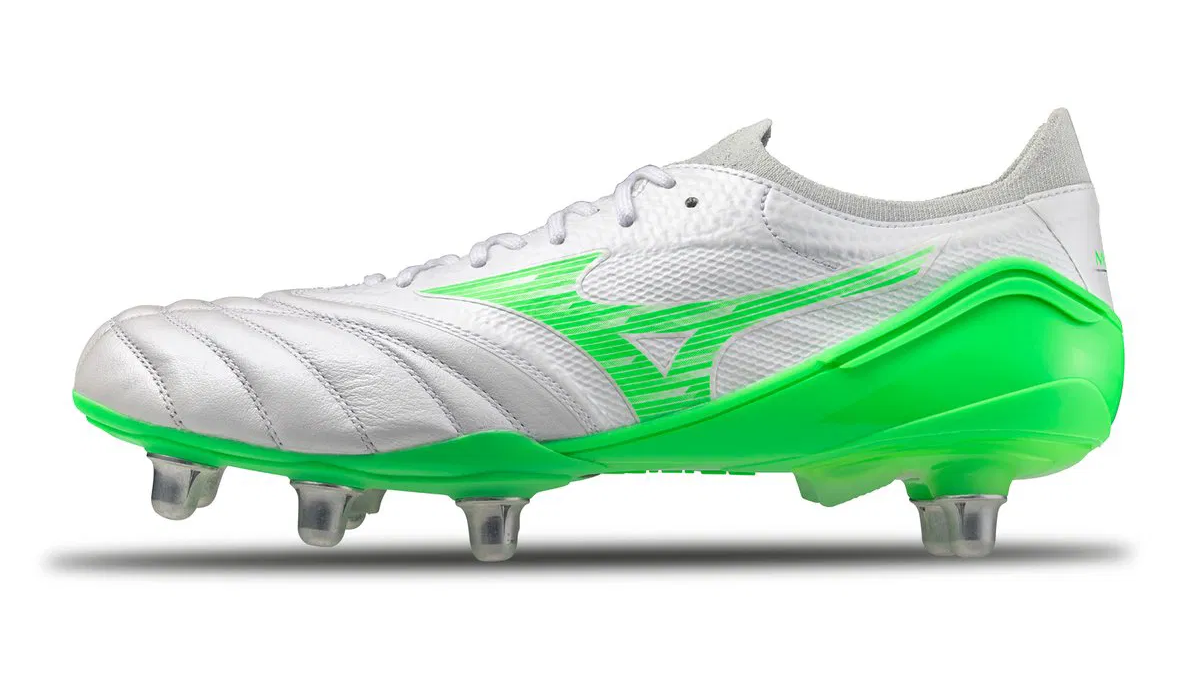
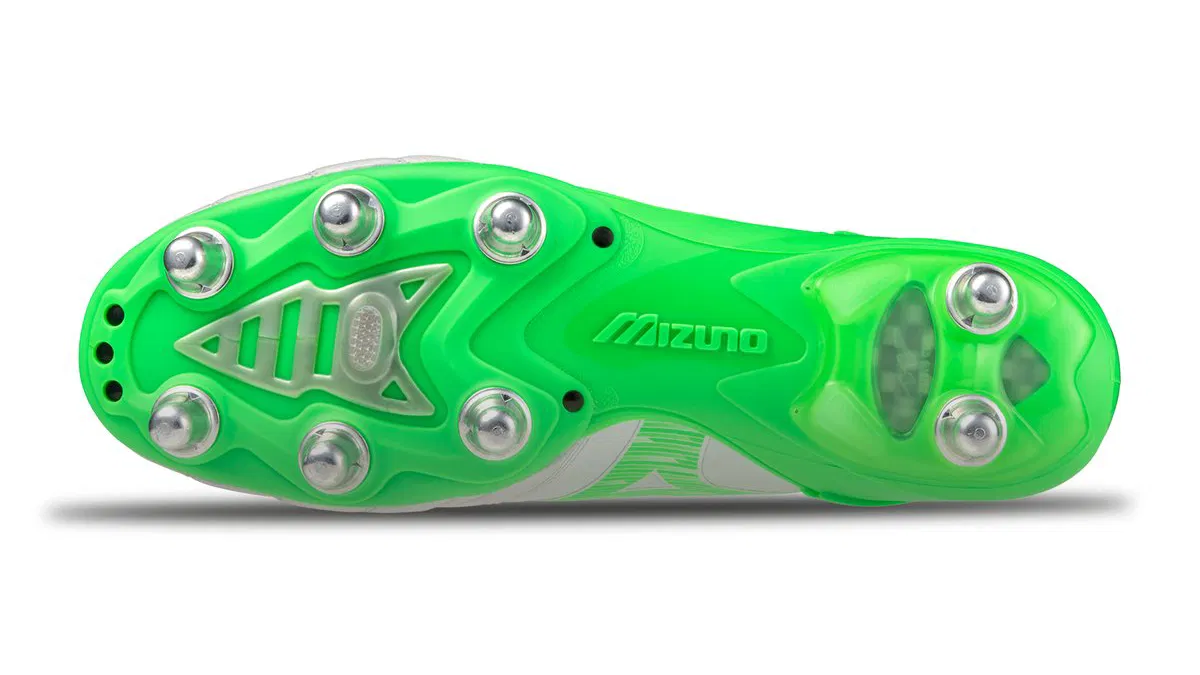
If you’re looking for more detailed insights on which boots are best suited for forwards, check out our blog on the best rugby boots for forwards, where we break down top choices based on your playing needs.
Backs (Nos 9-15): Made for Movement
Backs prioritise speed and agility. Lightweight boots like the Nike Mercurial Vapor 16 Elite SG , weighing just 178 grams, are ideal for quick movements.
Despite being a football boot, it’s a popular choice for rugby backs due to its lightweight and wide fit.
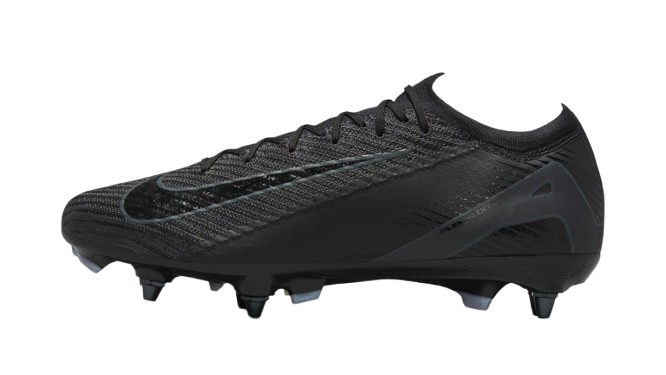
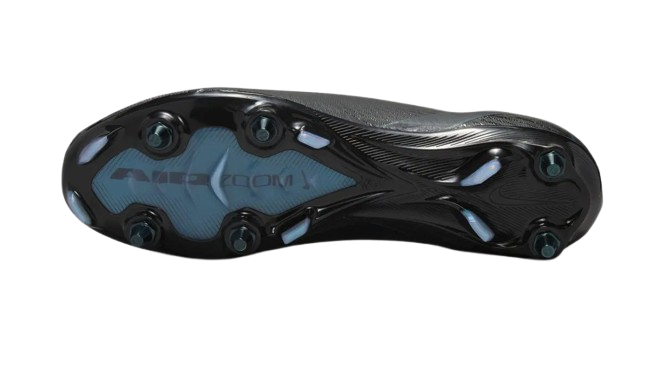
Not to your liking? We’ve got you covered with the best rugby boots for backs!
Kick Specialists (Nos 9, 10 & 15): When the Boot Really Matters
Kick specialists such as fly-halves and full-backs should look for boots that offer precision for kicking. The Nike Tiempo Legend 10 Elite is designed for precision kicks thanks to its FlyTouch Plus Leather upper, which enhances ball control.
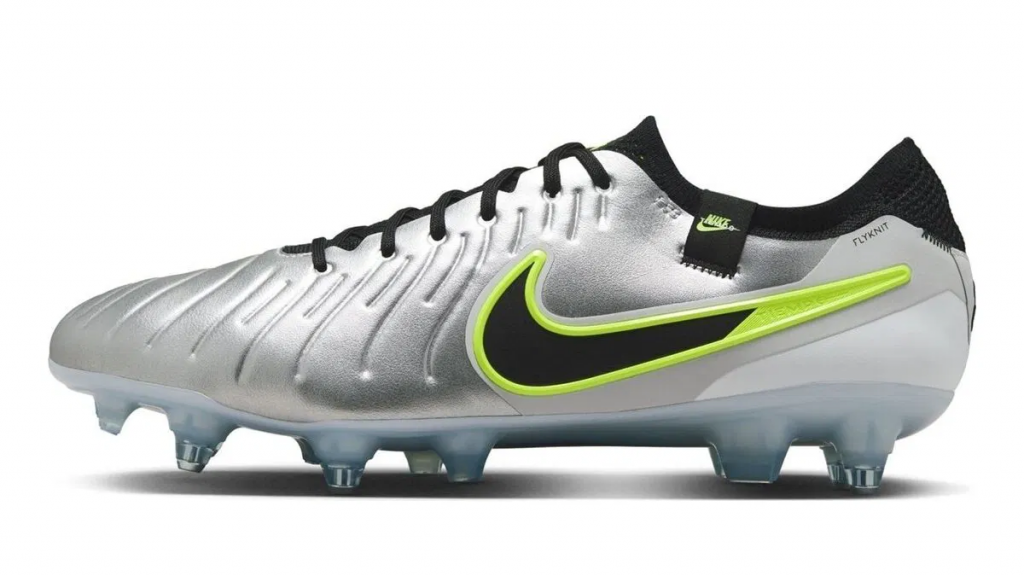
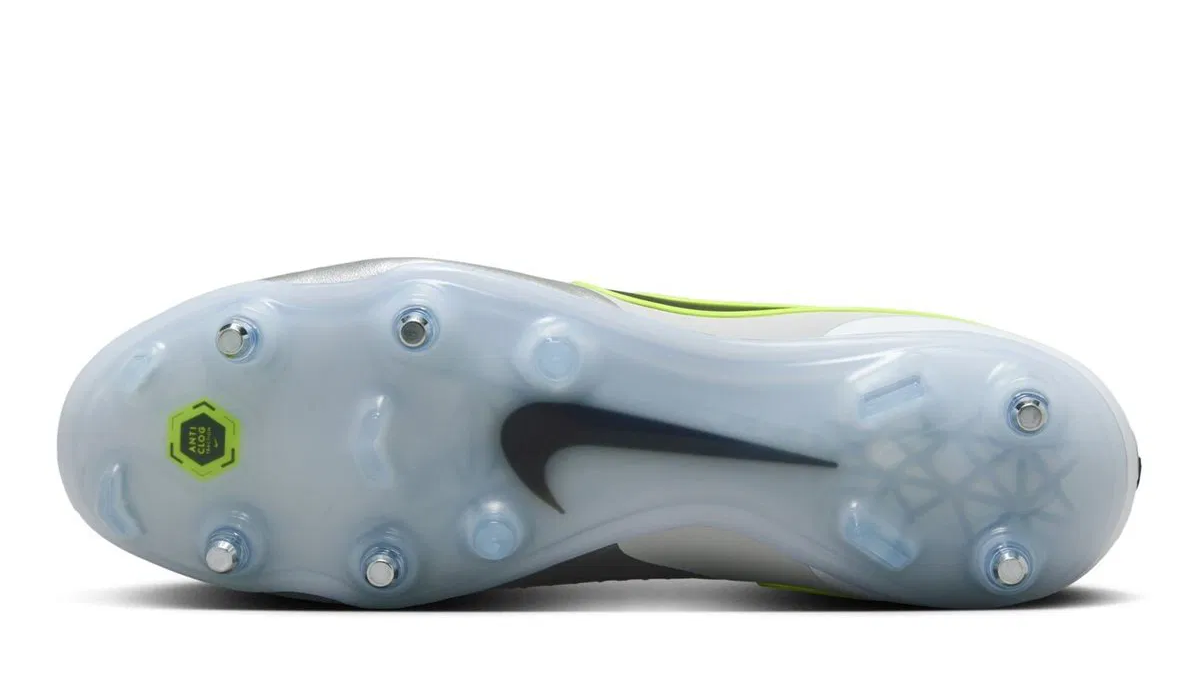
#4. Consider Fit & Comfort
When choosing rugby boots, fit is paramount. Here are some things to keep in mind:
Try different brands:
Each brand offers a different fit. For example, Mizuno boots tend to have a snugger fit, while Nike boots may offer more room.

Proper sizing:
Boots should fit snugly but leave enough room for your toes. A tight fit may lead to discomfort during long matches, while too much room can cause blisters.
#5. Choose Your Material
The material of your rugby boots can affect performance and comfort. The main options include:
Leather
Leather boots, particularly Kangaroo Leather, are known for their comfort and flexibility.
The Mizuno MIJ Neo IV is a top-tier leather boot, offering a superior barefoot feel and unmatched comfort. However, due to animal welfare and environmental concerns, many brands are phasing out Kangaroo Leather.
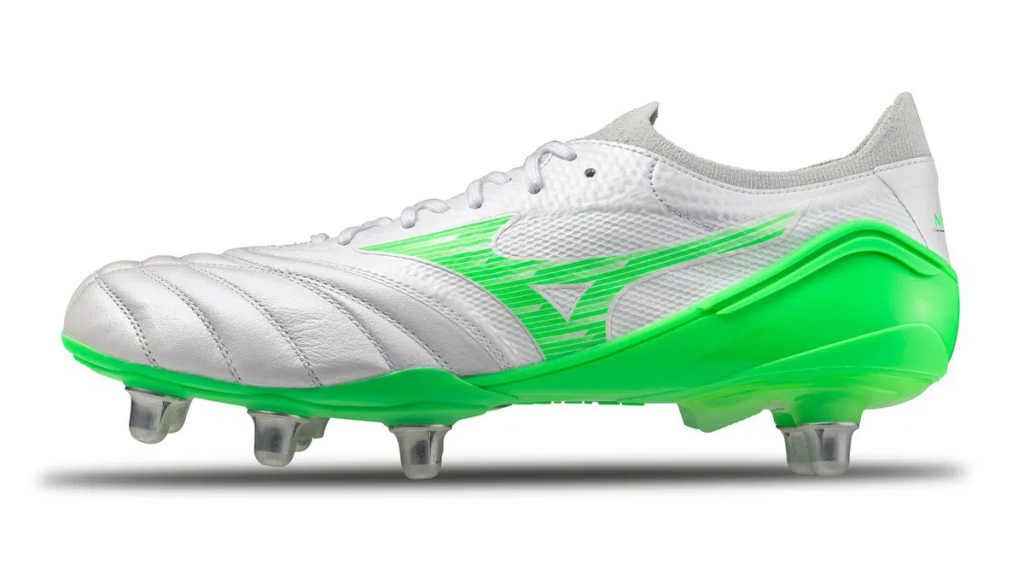
Synthetic
Synthetic boots, like the adidas Kakari RS , are lighter and more durable than leather options. They are also more water-resistant, making them easier to maintain.
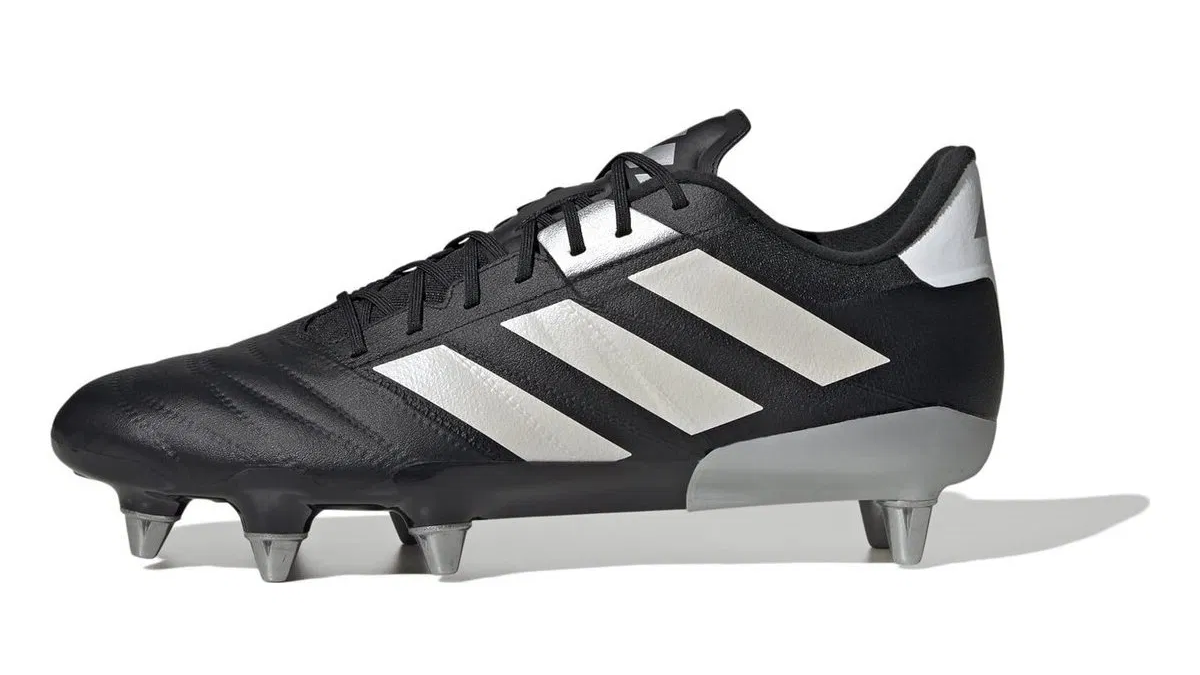
Hybrid
Hybrid boots, such as the adidas RS15 Pro, combine leather and synthetic materials to offer both comfort and durability, making them versatile for different playing styles.
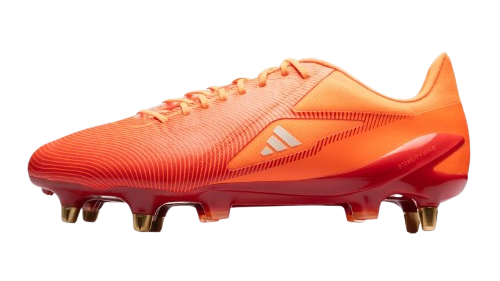
Before You Buy – Run Through This Quick Checklist
Still unsure? Use these questions to make the final call:
- What surface do I play on most often — soft, firm, or artificial?
- What’s my position — forward, back, or kick specialist?
- Do I prefer a snug fit or something roomier?
- Am I looking for lightweight agility or scrummaging support?
- Do I want leather for feel or synthetic for durability?
Once you’ve got your answers, you’ll know exactly what to look for.
Conclusion
Now that you’re armed with all the intel on rugby boots, why not explore our complete rugby boots collection to find the perfect pair for your game?
Whether you need traction for scrummaging or speed for breaking through defenses, Lovell Rugby has the widest selection of boots to suit every player.
Browse the full range today — and get the edge when it matters most.
